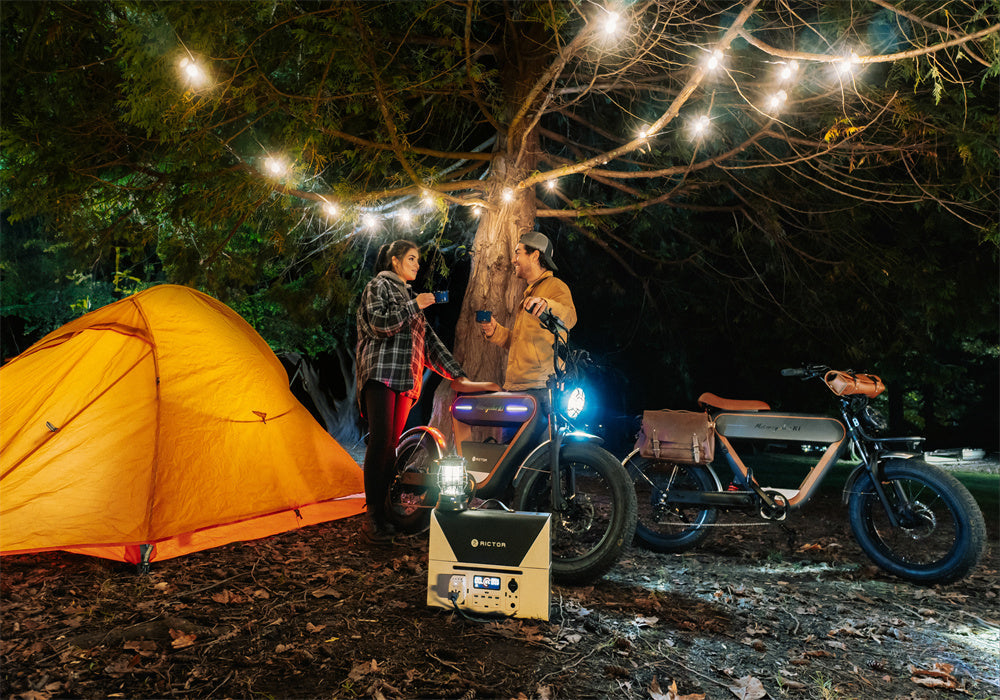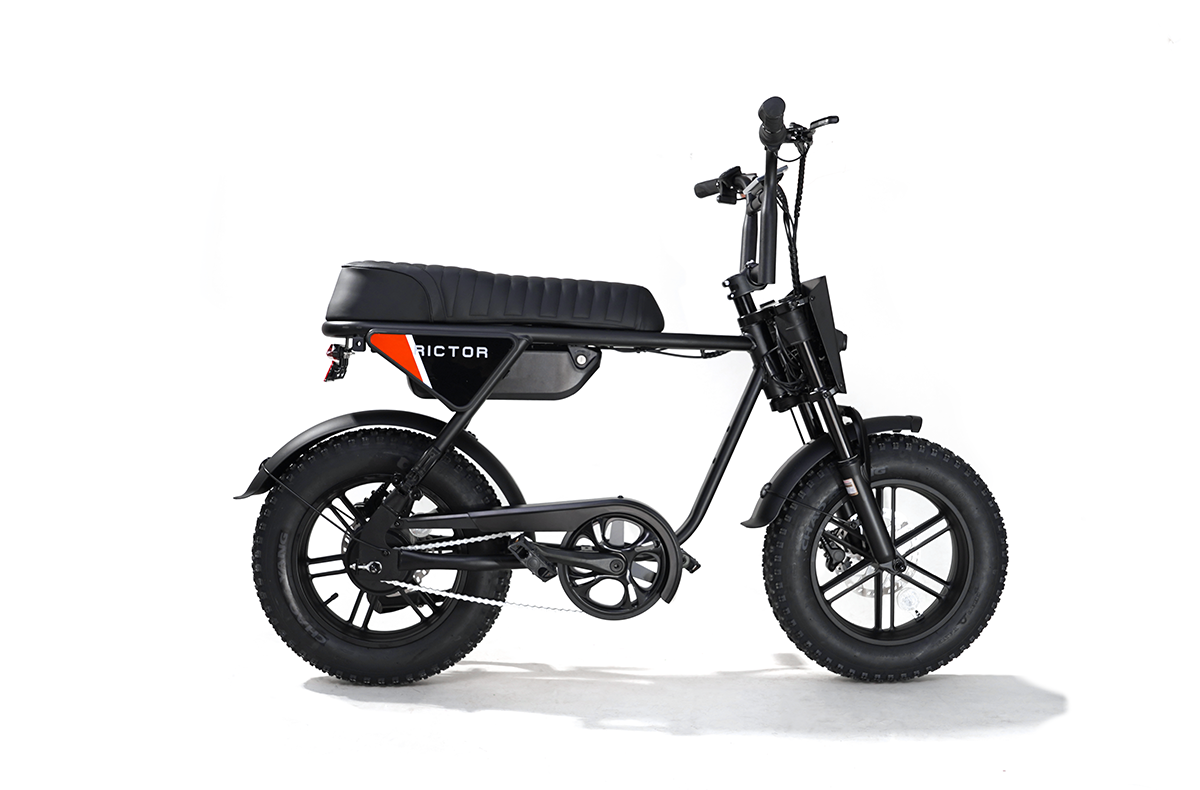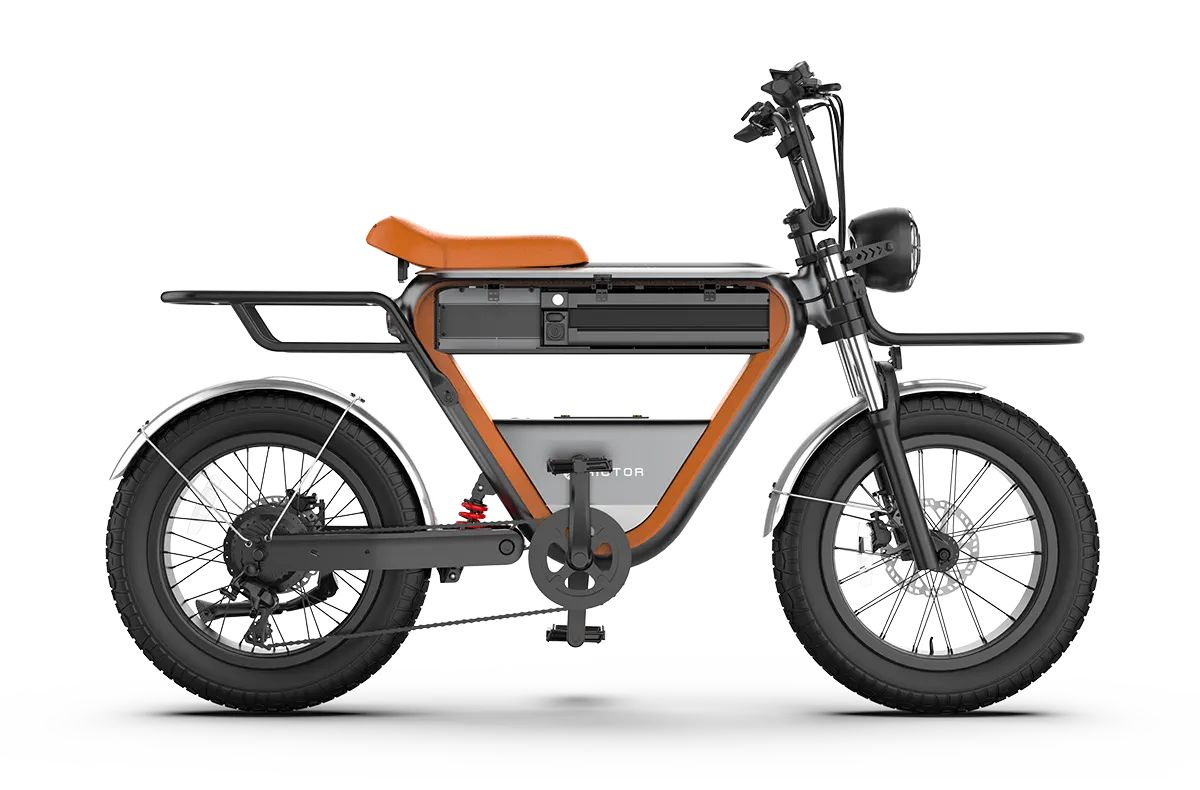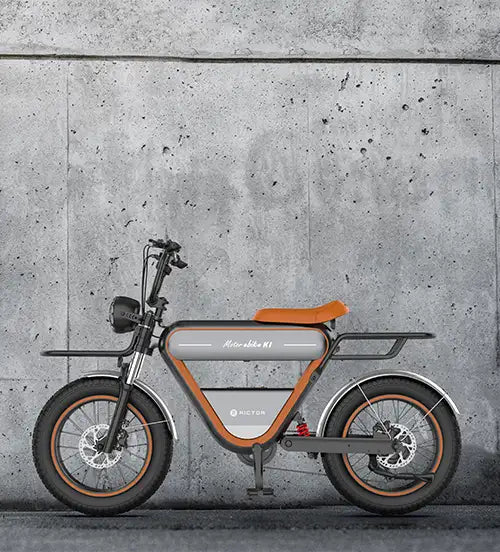
Do You Even Need a Derailleur on Your Electric Bike?
If you're shopping for an electric commuting bike or looking to upgrade your current one, you might be wondering whether a traditional derailleur is necessary. With several drivetrain options now available, it's worth exploring if this standard gear changing mechanism still makes sense for your electric ride.
Drivetrain Options for E-Bikes
When choosing an ebike drivetrain, you'll encounter four main systems, each with distinct advantages for different riding styles.
Traditional Derailleur Systems
The derailleur is that mechanical device on the back of most bikes that moves your chain between different-sized gears. Derailleurs remain the most common drivetrain on e-bikes because they offer excellent efficiency and versatility.
The biggest advantage of derailleurs is their efficiency—typically 95-98%—meaning more of your pedaling power and battery energy transfers to the wheels. This translates directly into better performance and longer range, which is why many performance focused riders prefer them despite some maintenance drawbacks.
Riders often report getting about 10% more range with derailleur systems—a considerable difference for anyone concerned about battery life. This efficiency advantage can be critical for longer rides where battery capacity is a limiting factor.
Internal Gear Hubs (IGH)
Internal gear hubs take a completely different approach by enclosing all gearing components inside the rear wheel hub. This design offers serious advantages for riders who prioritize low maintenance and clean operation.
By protecting moving parts inside a sealed housing, internal gear hubs shield components from rain, dust, and dirt. Quality internal gear hubs can achieve similar gear ranges to derailleur systems and allow you to shift while stopped—something impossible with derailleurs.
The main drawback is reduced efficiency. Testing shows internal gear hubs are typically 1-6% less efficient than derailleur systems, directly affecting range and performance.
Belt Drive Systems
Belt drives replace the metal chain with a carbon fiber reinforced belt, offering a clean, quiet alternative perfect for commuter ebikes.
Companies like Gates Carbon Drive make systems designed for ebikes that handle high torque while providing a smooth, quiet ride. These belts need no lubrication, resist wear even in harsh conditions, and work perfectly with internal gear hubs.
The practical benefits are significant: belt drives stay cleaner, which means less time cleaning your bike and no grease stains on clothes. They also run much quieter than chain systems.
Single Speed Options
For ultimate simplicity, some ebikes come with just one gear ratio. These single speed setups offer incredible reliability with almost zero maintenance, making them perfect for flat urban environments.
On ebikes, the motor's power can compensate for the lack of gears, especially with powerful motors. You'll rely more on electric assistance for hills, but in exchange, you get a system that rarely needs attention.
SEE ALSO How to Adjust Rear Derailleur for Smooth and Precise Shifting
Do You Actually Need a Derailleur?
The answer depends entirely on your specific situation and priorities.
Efficiency and Battery Range
If maximizing range is your top priority, derailleurs offer clear advantages. The efficiency difference between drivetrain types directly impacts how far you can go on a single charge.
Testing consistently shows that derailleur systems provide better range compared to alternatives. For riders who regularly push their ebikes to the range limit or want to maximize battery life, the efficiency advantage of derailleurs might outweigh their maintenance requirements.
Maintenance Considerations
Maintenance preferences often determine which drivetrain makes sense for individual riders. Derailleurs require regular cleaning, lubrication, and occasional adjustment. Chains need frequent lubrication to prevent wear and rust.
In contrast, internal gear hubs and belt drives offer significantly reduced maintenance. Belt drives don't require lubrication and stay clean during operation. Internal gear hubs protect components from external elements.
However, when failures occur, derailleurs often allow simpler roadside repairs. As one rider noted, "if a derailleur fails you can always break the chain and convert to a single speed to limp home." Internal hub gear failures might leave you stranded with fewer repair options.
Cost Factors
Both initial purchase price and long term costs vary significantly between options. Derailleur systems are generally the most affordable upfront, with widely available replacement parts.
Belt drives and premium internal gear hubs represent a significant investment. A Gates Carbon Drive system requires a special frame and compatible components, increasing costs considerably.
Over time, however, the reduced maintenance and longer component lifespan of alternative systems may offset higher initial costs for some riders.
Matching Your Drivetrain to Your Riding Style
Your typical riding environment should heavily influence your drivetrain choice.
Urban Commuting
For urban commuters, simplicity and low maintenance often take priority. Belt drives with internal gear hubs or single-speed setups offer clean, quiet operation ideal for daily commuting in relatively flat areas.
These systems require minimal upkeep and stay clean, preventing grease stains on work clothes. The slight efficiency penalty of these alternative systems probably won't matter much for shorter urban rides.
Varied Terrain and Long Distance
Riders tackling diverse terrain with significant hills benefit from the wide gear range and efficiency of derailleur systems. For touring or long distance rides where maximizing range is critical, the higher efficiency of derailleur systems provides a meaningful advantage.
Mid drive ebikes particularly benefit from appropriate gearing since they leverage the bike's gears along with motor power. If you regularly ride in areas with substantial elevation changes or take your ebike on longer trips, a derailleur system will likely serve you better.
Off road and Trail Riding
For off road ebikes, durability and gear range are paramount. While derailleurs are more exposed to damage from rocks and branches, their efficiency and wide gear range make them the preferred choice for most electric mountain bikes.
The ability to quickly shift to the optimal gear for climbing steep trails gives derailleur systems a significant advantage in off road settings.
Conclusion
The question of whether you need a derailleur on your ebike doesn't have a one size fits all answer. Derailleurs offer superior efficiency, better performance, and greater gear range at a lower initial cost. However, alternative systems provide compelling benefits in reduced maintenance, cleanliness, and quiet operation.
For urban commuters prioritizing convenience and cleanliness, belt drives with internal gear hubs offer significant advantages despite higher costs. Riders tackling varied terrain or seeking maximum range will likely prefer derailleur systems. Single speed options provide ultimate simplicity for flat terrain.
Get More information about electric bike on RICTORBIKE!
FAQs
How much range do I lose with an internal gear hub compared to a derailleur?
You'll typically lose about 5-10% of your range when using an internal gear hub instead of a derailleur system due to lower efficiency. If maximum range is critical, a derailleur system might be worth the extra maintenance.
Can I convert my e-bike from a derailleur to a belt drive system?
Most e-bikes cannot be converted to a belt drive unless they were specifically designed with a frame that can be split to install the belt. Belt drives require special frames with either an opening in the rear triangle or a removable section.
Are electronic shifting systems worth it for e-bikes?
Electronic shifting systems pair well with e-bikes since they can use the existing battery. They offer precise shifting with minimal maintenance, though at a higher cost. For riders who value performance and convenience, electronic shifting can be a worthwhile upgrade.






